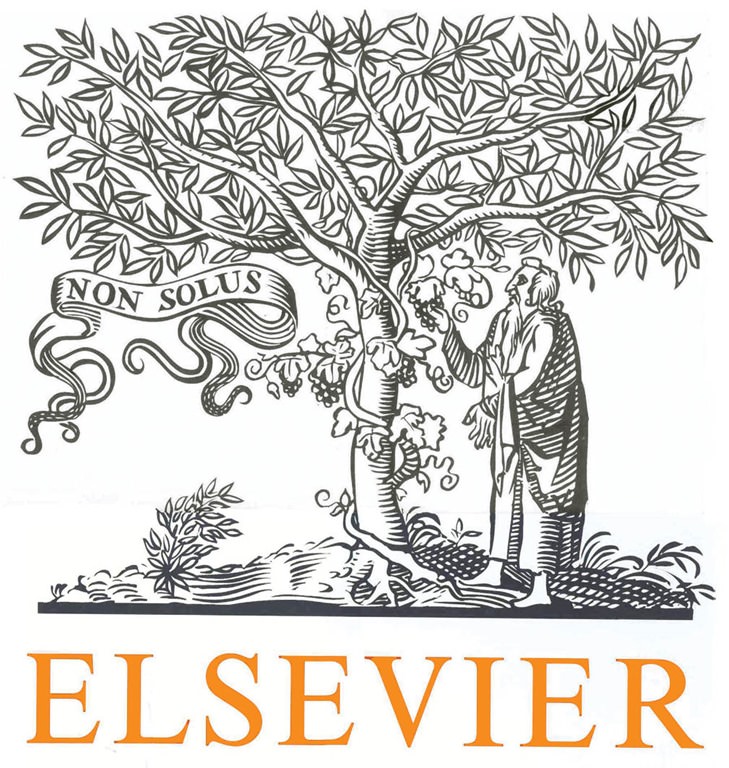3. Results and discussion
3.1. Free amino acids and canavanine in V. disperma seeds Free amino acids were extracted from the seeds taken from nine populations of V. disperma using aqueous ethanol. Total free amino acids ranged from 2.55% to 3.55% (w/w), with an average content of 2.9970.31% (w/w). These values are much higher than those found in soy (0.42%), chickpea (0.45%), and lentil (0.67%), which were also analyzed as reference materials, and represent contents in total free amino acids that are ten times higher than the content in polyphenols as reported, 0.28% (w/w) (Pastor-Cavada et al., 2011a). Canavanine was the major free amino acid in V. disperma samples, ranging from 80.4% to 88.6%, and with an average content of 84.372.72% as referred to total free amino acids. Other free amino acids were present at much lower concentrations, including threonine, arginine, aspartic acid, asparagine, glutamic acid, and histidine, all of them at concentrations between 0.5% and 9% (w/w) in all populations (Table 1). Only traces of the remaining free amino acids were present. The predominance of a single free amino acid in V. disperma seeds, in this case canavanine, was less apparent in crop legumes. Thus, asparagine, arginine and threonine accounted for 24.8%, 52.2%, and 22.7% (w/w) total amino acids in soybean, chickpea, and lentil, respectively. The content in canavanine as referred to the whole seeds was between 2.2% and 3.0% (w/w) with an average content of 2.5470.25% (w/w) as referred to the flour, which is similar to the content in the most popular source of canavanine, the legume C. ensiformis (Rosenthal, 1977b) with 2.6% (w/w). The inter-population variability of the content in free amino acids and canavanine for the nine populations was low, suggesting that it is well fixed genetically and quite independent of environmental conditions.








